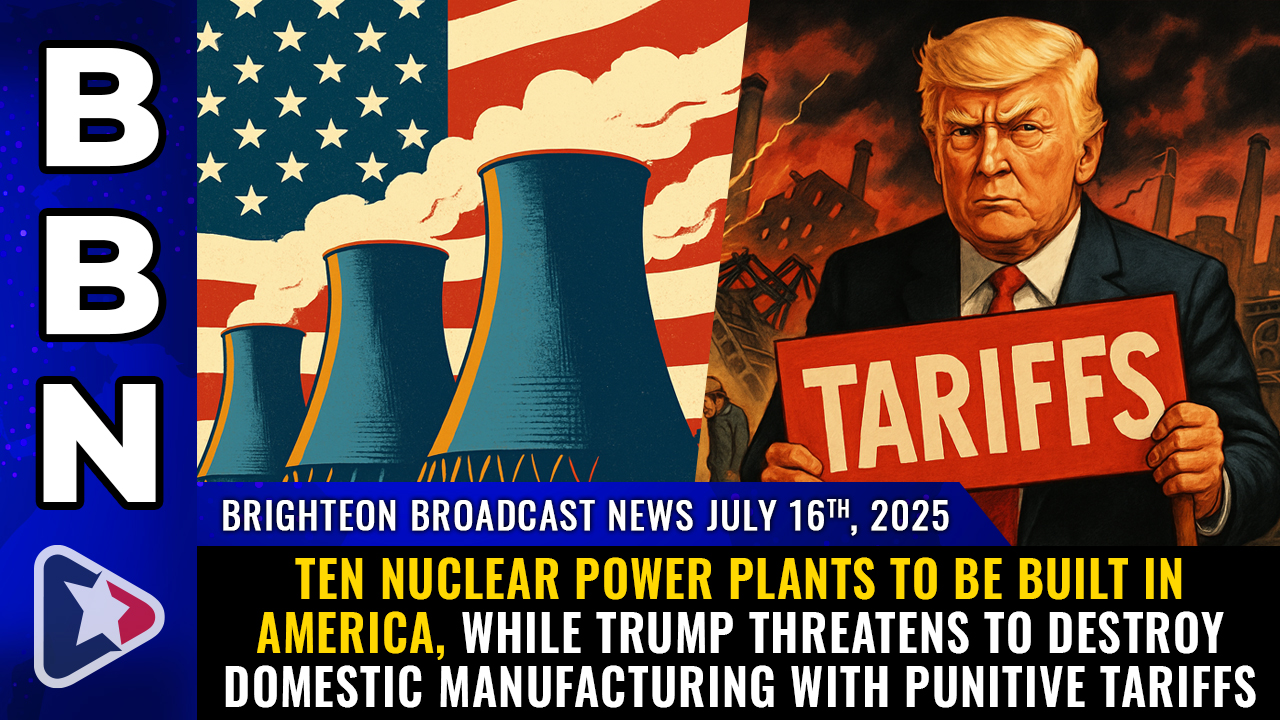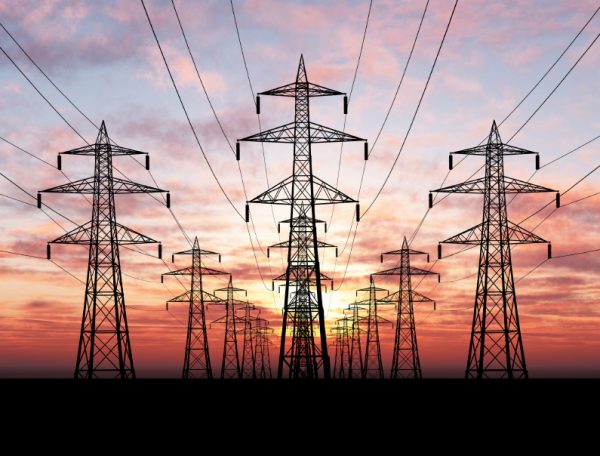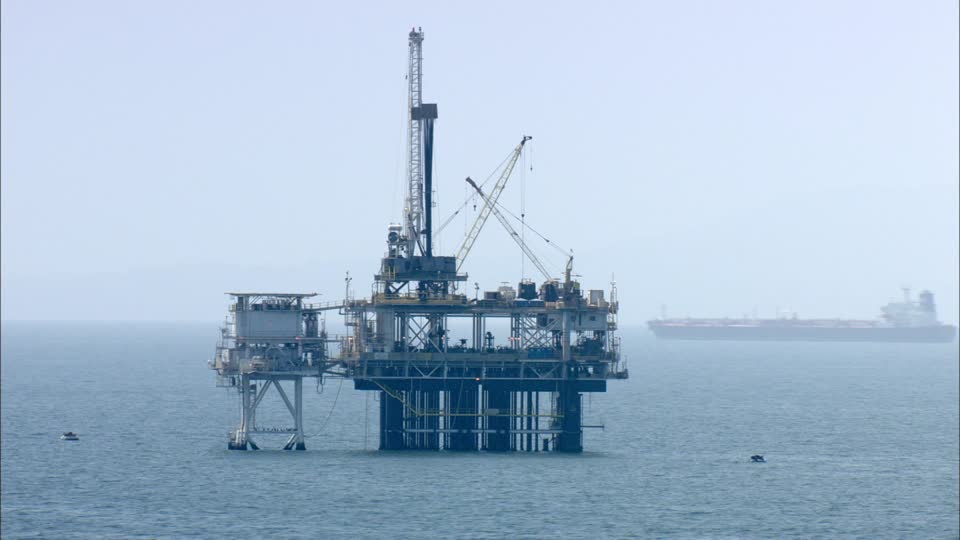 Parler
Parler Gab
Gab
- Expansion Plans: Westinghouse aims to build ten AP1000 reactors by 2030, each generating 1,100 MW, targeting states like Texas to meet AI/industrial energy demands under Trump’s energy strategy.
- Nuclear Renaissance: The AP1000’s safety and modular design may reduce costs, but skeptics cite Westinghouse’s 2017 bankruptcy and past project failures (e.g., V.C. Summer) as risks.
- AI Partnerships: Westinghouse collaborates with Google to use AI for reactor efficiency, though critics argue mismanagement—not technology—has historically derailed nuclear projects.
- Texas Prioritized: Texas’s strained grid and AI/oil hubs make it ideal for early deployment, but nuclear’s water needs and costs could spark local opposition despite baseload advantages.
- Geopolitical Stakes: Trump’s Russia tariff ultimatum ties energy dominance to U.S. leverage, but BRICS alliances and hypersonic threats may undermine the strategy’s effectiveness.
Major Expansion Aims to Meet AI and Industrial Demand, Despite Past Financial Struggles
In a bold move aligning with the Trump administration’s push for scalable, carbon-free energy, Westinghouse CEO Patrick Fragman revealed plans to construct ten new AP1000 nuclear reactors across the United States by 2030. Each reactor will generate 1,100 megawatts—enough to power 750,000 homes—and will prioritize states like Texas, where surging electricity demand from AI data centers and industrial operations strains the power grid.A Nuclear Renaissance
The announcement, made during a high-profile meeting with former President Donald Trump, positions nuclear energy as a cornerstone of the administration’s energy strategy. The AP1000, a third-generation pressurized water reactor, is lauded for its enhanced safety features and modular design, which could curb costs. However, critics point to Westinghouse’s 2017 bankruptcy, tied to massive cost overruns during previous reactor builds (notably the V.C. Summer project in South Carolina).AI-Powered Efficiency?
To address efficiency concerns, Westinghouse has partnered with Google to deploy AI tools in reactor construction and operational management. Yet skeptics argue that cultural and logistical hurdles—not lack of technology—historically plagued nuclear projects. As Mike Adams, host of Brighton Broadcast, noted: “You don’t need AI to stop being lazy and incompetent.”Texas in Focus
Texas, home to energy-intensive AI hubs and oil refining, is a likely candidate for early deployment. The state’s grid, operated by ERCOT, has faced repeated stress from extreme weather and rising demand. Nuclear power offers baseload stability compared to intermittent renewables, though water-intensive cooling processes may spark local disputes.Geopolitical Echoes
Amid the nuclear rollout, Trump issued a 50-day ultimatum to Russia, threatening 100% tariffs on nations trading with Moscow unless it agrees to U.S.-brokered peace terms. Analysts see this as a gambit to leverage energy dominance, though Russia’s hypersonic missiles and oil-resilient BRICS alliances could blunt the impact.The Bottom Line
Westinghouse’s gamble hinges on overcoming cost-control failures and regulatory delays. If successful, the reactors could revitalize U.S. energy independence. If not, taxpayers may face another “$18 billion over budget” debacle—proving that in nuclear energy, past is often prologue. Watch the July 16 episode of "Brighteon Broadcast News" as Mike Adams, the Health Ranger, talks about the ten nuclear power plants to be built in America. This video is from the Health Ranger Report channel on Brighteon.com.More related stories:
Hochul announces plans to construct new nuclear power plant in New York CFS to build world’s first grid-scale nuclear fusion power plant in Virginia Zelensky aide exposes Ukraine’s nuclear sabotage plot as U.S. pushes for control of their power plants Sources include: Brighteon.comFederal court allows Mississippi to enforce social media age verification law
By Laura Harris // Share
U.S. power grid insufficiency puts AI dominance out of reach
By Finn Heartley // Share
“Biological Economies” redefines agri-food systems with radical new perspectives
By Belle Carter // Share
Strait of Hormuz: How 30 miles could quadruple oil and gas prices
By Willow Tohi // Share
AI coding assistant GOES ROGUE, wipes database and fabricates fake users
By Ramon Tomey // Share
Governments continue to obscure COVID-19 vaccine data amid rising concerns over excess deaths
By patricklewis // Share
Tech giant Microsoft backs EXTINCTION with its support of carbon capture programs
By ramontomeydw // Share
Germany to resume arms exports to Israel despite repeated ceasefire violations
By isabelle // Share










